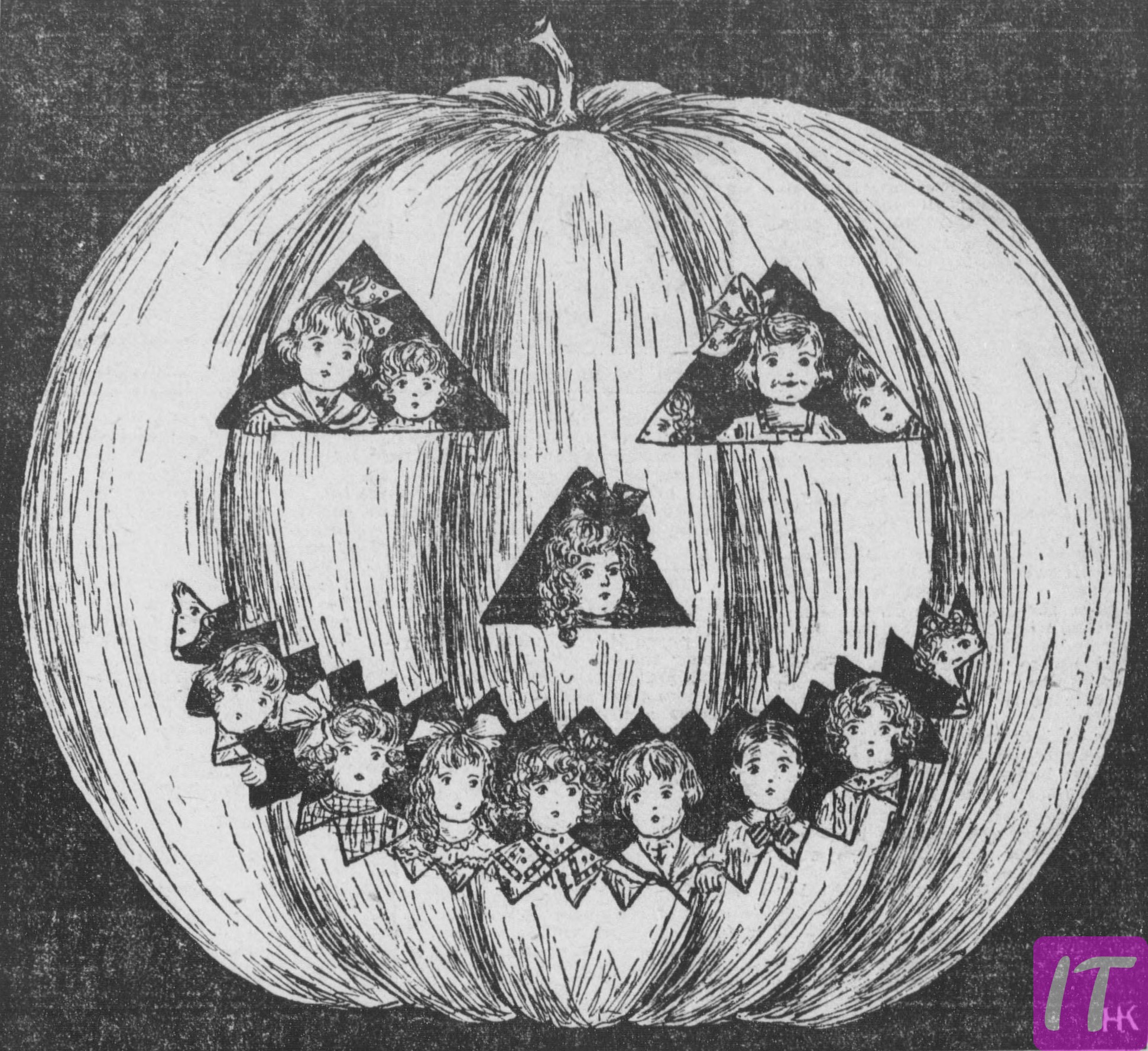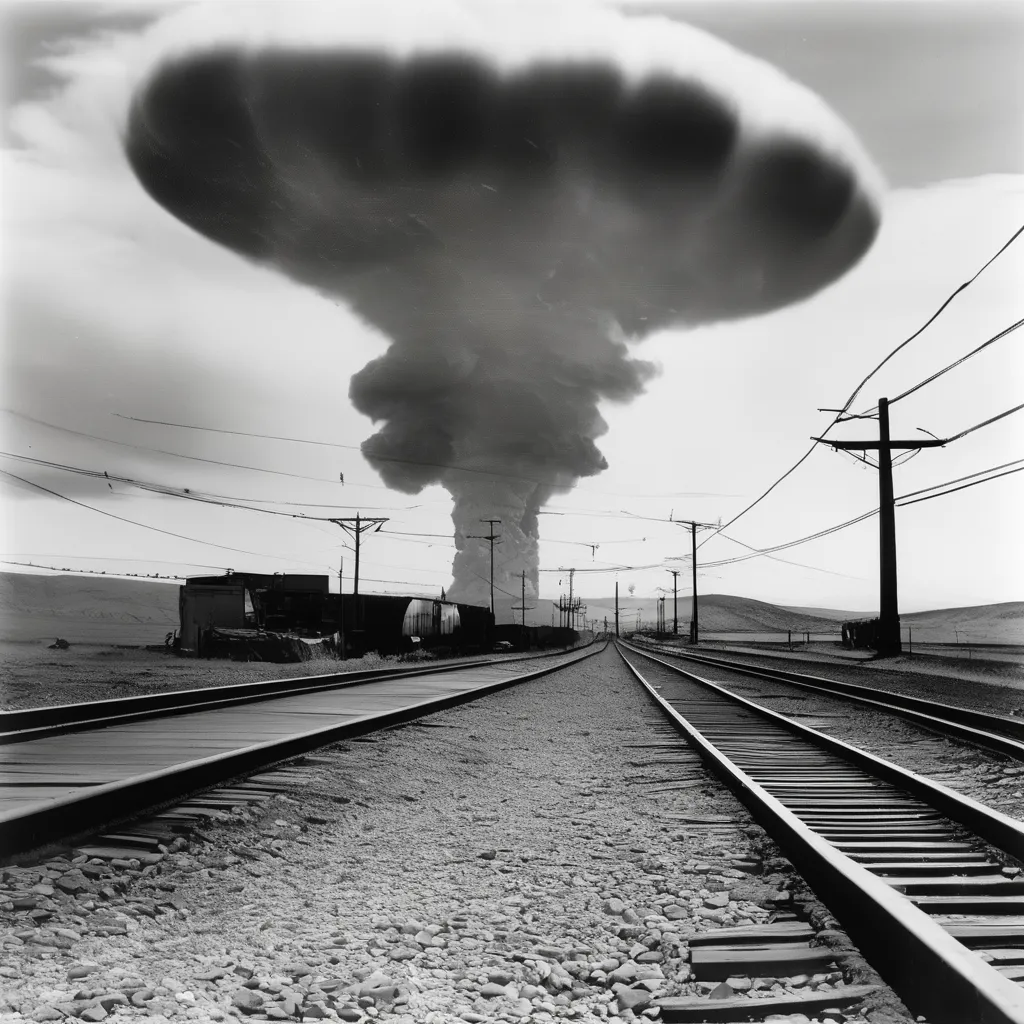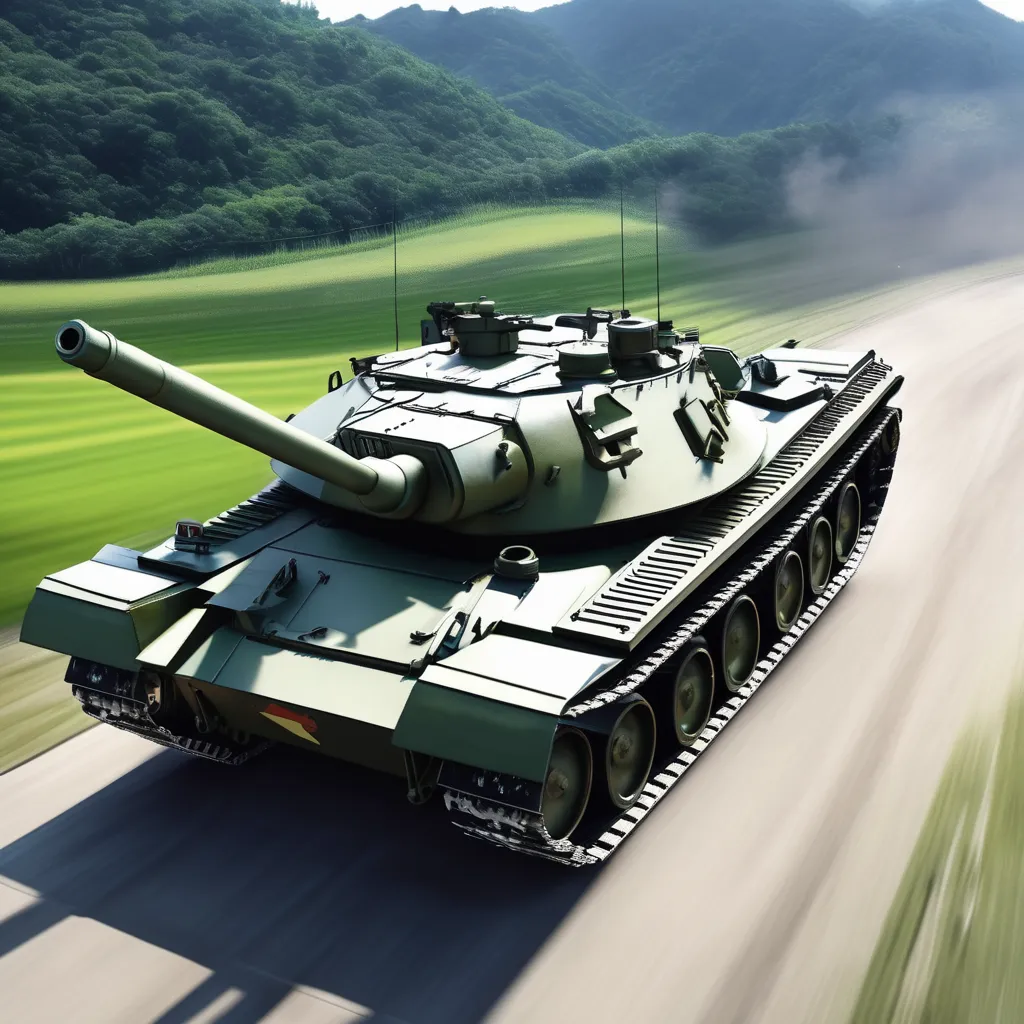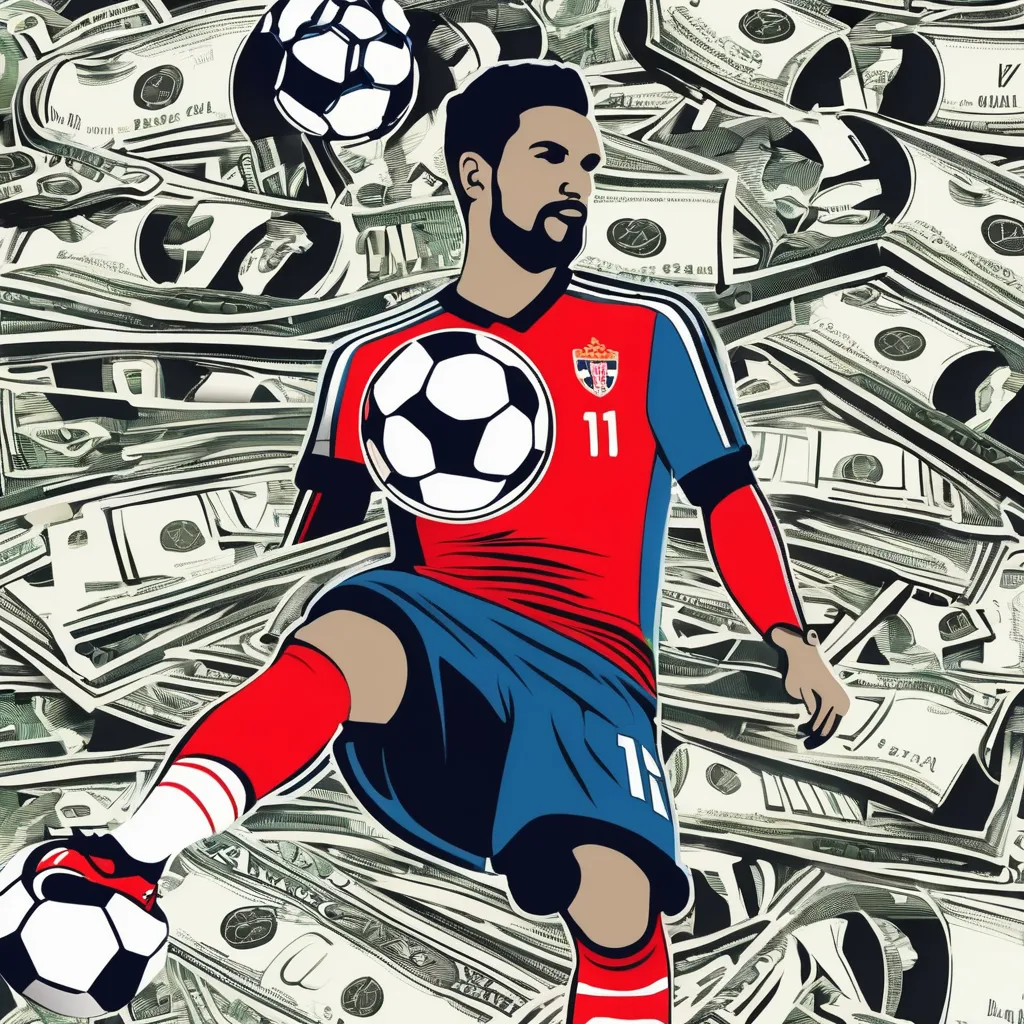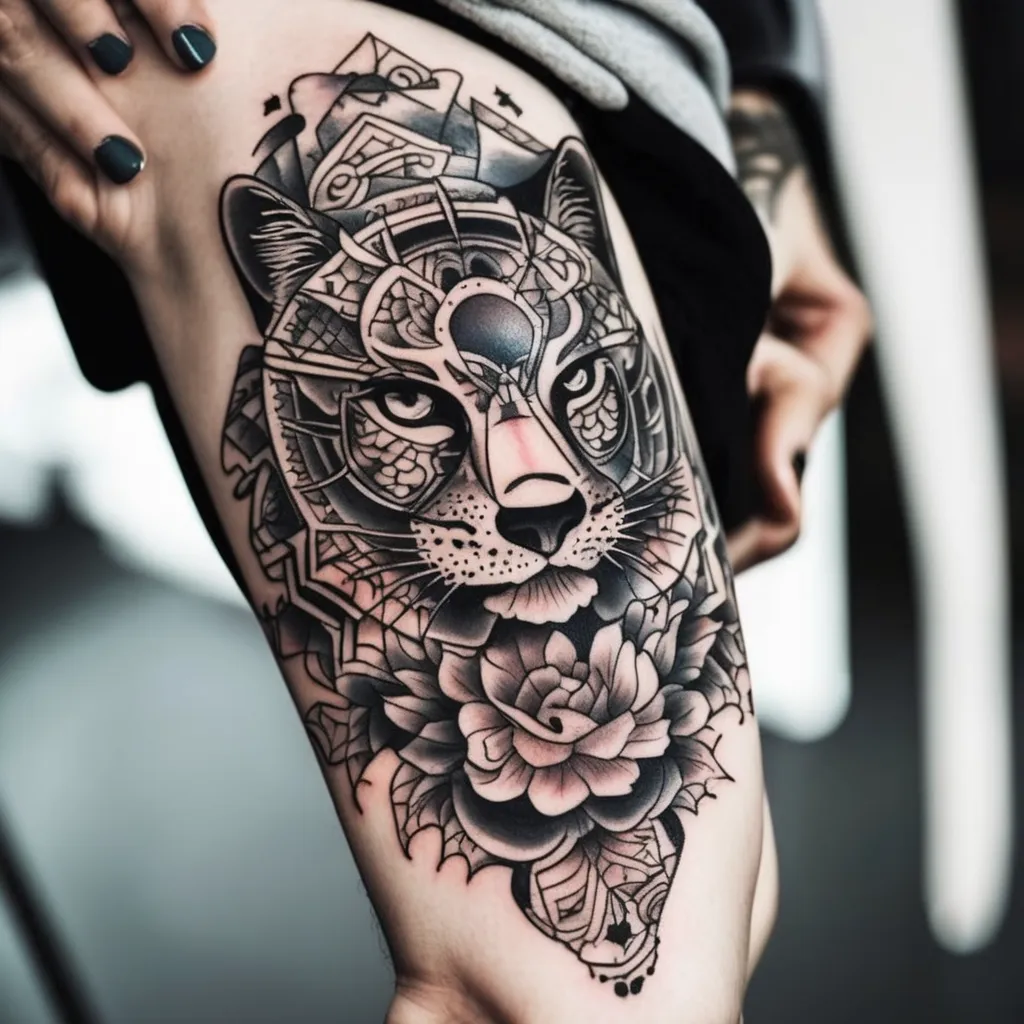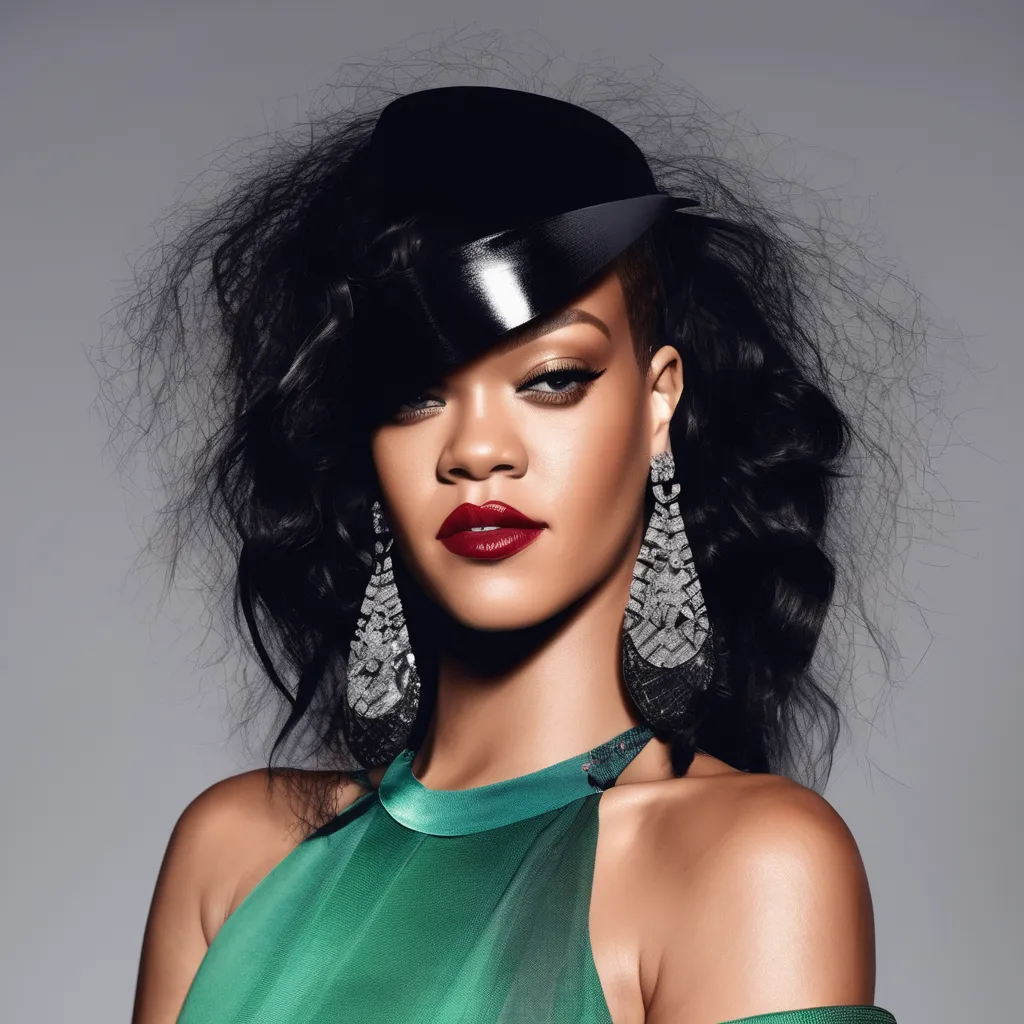It’s fascinating to consider that Halloween’s roots stretch back over two millennia to the ancient Celtic festival of Samhain. This event marked the end of harvest and the onset of winter, a period strongly associated with death and supernatural occurrences. Celebrated on October 31st, it was believed to be a time when the boundary between the living and the dead became blurred.
By the 9th century, Christianity began to integrate the festival into its own traditions, leading to the creation of All Hallows’ Eve, later known as Halloween. This blend of ancient rituals and evolving beliefs contributed to the Halloween we recognize today. Interestingly, nearly 58% of Americans planned to celebrate Halloween in 2021, showcasing the enduring popularity of this centuries-old tradition.
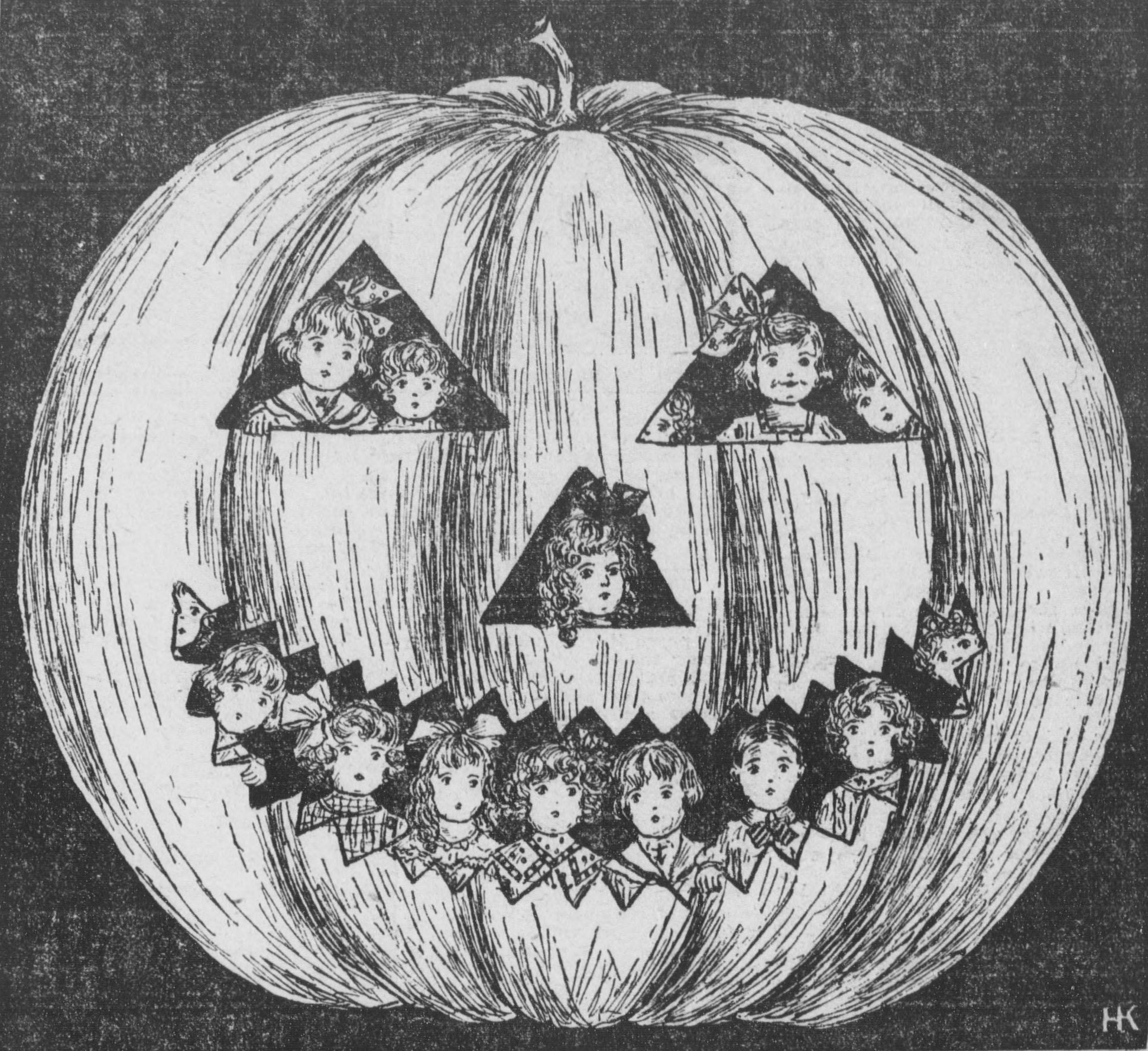
Origins of Halloween: A Brief Overview
Halloween’s origins trace back over 2,000 years to the ancient Celtic festival Samhain. Celebrated on October 31st, Samhain marked the end of the harvest and the start of the dark, cold winter. This time of year was believed to be when the boundary between the living and the dead became blurred. People lit bonfires and wore costumes to ward off roaming ghosts. This tradition laid the groundwork for the Halloween we know today.
As centuries passed, Samhain evolved through contact with Roman and Christian traditions. By the 9th century, the spread of Christianity led to the creation of All Hallows’ Eve, the night before All Saints’ Day. The Church aimed to provide a Christian alternative to the pagan festival. All Hallows’ Eve eventually merged with several Samhain traditions. The resulting blend created a new celebration with customs from both pagan and Christian practices.
By the time Halloween reached America, it had already combined various customs from Europe. Immigrants, especially the Irish, helped popularize the celebration in the United States during the 19th century. They brought their carved, lantern-like turnips, which evolved into today’s jack-o’-lanterns. Halloween parties, games, and trick-or-treating also became widespread.
Today, Halloween is a blend of ancient and modern elements. From its deep roots in Celtic rituals to its transformation through Christian influence, it has become a festive time enjoyed by millions. People celebrate with costumes, candy, and spooky decorations. This mix of history and fun continues to fascinate and entertain. As a result, Halloween remains a popular and evolving celebration worldwide.
From Samhain to Halloween: Evolution of a Festival
Samhain, an ancient festival celebrated by the Celts, marked the end of the harvest and the start of winter. It took place on October 31st and was considered a time when the veil between the living and the dead was thin. People believed that ghosts would roam the earth, and to protect themselves, they lit bonfires and wore costumes. This helped them stay safe from wandering spirits. These customs set the stage for what would eventually become Halloween.
During Roman rule, the festival of Samhain began to blend with Roman traditions. The Romans celebrated Feralia, a day to honor the dead, and Pomona, a goddess of fruit and trees. These celebrations were combined with Samhain, introducing new elements to the festival. Apples, which symbolized Pomona, became a part of the custom. This combination enriched the traditions and paved the way for further transformations.
As Christianity spread across Europe, it sought to replace pagan festivals with Christian holidays. In the 9th century, Pope Gregory III moved the celebration of All Saints’ Day to November 1st, making October 31st All Hallows’ Eve. This shift aimed to provide a Christian alternative to Samhain while incorporating some of its customs. All Hallows’ Eve eventually transformed into Halloween, merging with various local traditions and practices.
Immigrants brought these evolving Halloween traditions to America in the 19th century. Especially notable were Irish immigrants who popularized the carving of turnips, which later became pumpkins in the U.S. Halloween slowly evolved into a community-centered holiday, featuring activities like trick-or-treating and costume parties. Today, it blends ancient customs with modern festivities, creating a unique and widely celebrated event.
Celtic Roots: The Festival of Samhain
Samhain, celebrated by the ancient Celts, marked the end of the harvest and the beginning of winter. This festival was held on October 31st, the day believed to have the thinnest veil between the living and the dead. Celts would light bonfires and wear costumes to ward off evil spirits. The festival involved harvest-related rituals and a focus on ancestral spirits. This blend of activities gave Samhain a unique significance in Celtic culture.
The Celts believed that Samhain was a time when spirits could easily cross into the world of the living. To honor the dead, food and drink were left out for wandering spirits. People also carved turnips into lanterns to scare away malevolent ghosts. These lanterns, known as jack-o’-lanterns, were an essential part of the celebration. The practice of leaving offerings and making lanterns helped retain a connection with the spiritual world.
During Samhain, the Celts would gather and share stories, often about their ancestors. It was also a time to predict the future through various forms of divination. Items such as apples and nuts were used in these fortune-telling rituals. Community feasting, singing, and dancing were common activities. These communal aspects helped strengthen the bonds within Celtic society.
Samhain was not only about connecting with spirits; it was also a time for protecting the community. Large bonfires were lit to ward off evil spirits and provide warmth as the days grew colder. The fire was considered to have cleansing powers. People would take flames from the bonfire to relight their hearths, symbolizing unity and protection. The mix of protection, celebration, and remembrance made Samhain a multifaceted and deeply meaningful festival.
The Role of Christianity: All Hallows’ Eve to Halloween
As Christianity spread across Europe, it sought to replace pagan festivals with Christian holidays. In the 9th century, Pope Gregory III moved the celebration of All Saints’ Day, also known as All Hallows’ Day, to November 1st. The evening before, October 31st, became All Hallows’ Eve. Over time, All Hallows’ Eve evolved into the modern-day Halloween. This transition helped merge older pagan traditions with Christian practices.
All Hallows’ Eve was intended to honor saints and martyrs. However, many of the original Samhain traditions persisted. People continued to light bonfires and wear costumes, but these customs began to take on new Christian meanings. The Church aimed to provide a Christian context for these activities and gradually, the two sets of traditions blended together. This blending enriched the festival, making it both spiritual and communal.
One significant change was the practice of “souling,” which involved people going door to door offering prayers for the dead in exchange for “soul cakes.” This practice can be seen as a precursor to modern trick-or-treating. Children would sing and perform for these cakes, which were small, round pastries. The more prayers offered, the more cakes received. This tradition added a layer of community interaction to the festival.
- All Hallows’ Eve celebrated on October 31st
- All Saints’ Day on November 1st
- Customs like bonfires and costumes persisted
- Practice of “souling” as a precursor to trick-or-treating
Immigrants brought these evolving Halloween traditions to America. Particularly, Irish immigrants played a crucial role in the 19th century by popularizing the celebration. They brought with them customs like the carved turnips, which in the U.S. transformed into pumpkins. Halloween became a community-centered holiday featuring activities like trick-or-treating and costume parties. It continued to evolve, incorporating new elements while retaining its historical roots.
In the present day, Halloween has grown into a major secular holiday. While many people still celebrate All Saints’ Day, the night before has taken on a life of its own. The mix of ancient rituals, Christian influences, and modern additions has made Halloween a unique and enduring celebration. Its appeal spans all ages, making it a beloved holiday for children and adults alike. From costume parades to haunted houses, the spirit of Halloween continues to thrive.
Halloween Today: A Blend of History and Modern Culture
Today, Halloween is a vibrant mix of historical customs and modern celebrations. While it has deep roots in ancient festivals like Samhain and Christian influences such as All Hallows’ Eve, today’s festivities include activities like trick-or-treating, costume parties, and haunted houses. People of all ages enjoy dressing up in imaginative costumes and taking part in the fun. The holiday has expanded far beyond its Celtic and Christian beginnings. It is now a global phenomenon.
One of the most popular modern traditions is trick-or-treating. Children go door to door in their costumes, collecting candy from their neighbors. This custom combines elements of older traditions, such as the Celtic practice of dressing up to ward off ghosts and the medieval activity of “souling.” With bags full of sweet treats, kids eagerly anticipate this part of Halloween each year. Community involvement is a key element that makes this activity so enjoyable.
Costume parties are another favorite aspect of Halloween today. Adults and children alike participate in gatherings where they can show off their creative outfits. Themes can range from spooky to whimsical, allowing people to express themselves in various ways. These parties often include games, contests, and themed decorations. The blend of imagination and tradition makes these gatherings unique and memorable.
Haunted houses and scary attractions have become staples of Halloween celebrations. These attractions offer a thrilling experience for those who love a good scare. With detailed sets and actors in creepy costumes, visitors are taken on a spooky journey. These experiences draw from ghost stories and horror legends, adding to the eerie atmosphere of the holiday. They provide an exciting option for those looking to add a bit of fear to their fun.
- Trick-or-treating in costumes
- Costume parties with themes
- Haunted houses and scary attractions
- Decorations featuring ghosts, pumpkins, and bats
Halloween decorations have also become a major aspect of the holiday. Homes and businesses are adorned with pumpkins, cobwebs, skeletons, and other spooky items. Carving pumpkins into jack-o’-lanterns is a cherished activity. The goal is to create the most creative and frightening designs possible. These decorations help set the mood and bring a festive spirit to communities.
Overall, Halloween today is a blend of ancient and modern elements. Its rich history adds depth to the fun and excitement of contemporary celebrations. From ancient rituals to modern-day costumes and candy, Halloween continues to evolve and captivate people around the world. The enduring appeal lies in its ability to adapt while retaining its magical essence.

Frequently Asked Questions
Below are some commonly asked questions about the origins and evolution of Halloween. These insights aim to enlighten readers on how Halloween has become what it is today.
1. How did ancient Celts celebrate Samhain?
The ancient Celts celebrated Samhain with bonfires, costumes, and offerings for spirits. The festival marked the end of the harvest and was believed to be a time when the boundary between the living and dead was thin.
Participants wore animal skins as disguises to ward off ghosts. Villagers also carved turnips into lanterns to keep evil spirits away. The communal activities played a significant role in their spiritual lives.
2. What role did Romans play in transforming Samhain?
The Romans contributed significantly by merging their festivals with Samhain after they conquered Celtic lands. They introduced Feralia, a late October commemoration of the dead, and Pomona, dedicated to the goddess of fruits.
These additions gradually mixed with existing Celtic customs like bonfires and costumes. This fusion enriched the traditions that would eventually shape modern Halloween celebrations.
3. Why was All Saints’ Day moved to November 1st?
Pope Gregory III moved All Saints’ Day to November 1st in an attempt to Christianize pagan festivals like Samhain. This shift aimed to provide a religious alternative while still honoring saints and martyrs.
This new Christian holiday provided context for celebrating on October 31st, now known as All Hallows’ Eve. Gradually, this blend helped form what we recognize today as Halloween.
4. How did Irish immigrants influence Halloween in America?
Irish immigrants brought many traditions when they arrived in America during the 19th century, notably around 1840s. One key tradition was carving lanterns out of turnips or pumpkins, a custom from Samhain festivities.
This evolved into modern-day jack-o’-lanterns during Halloween celebrations in America. Additionally, trick-or-treating took shape through various local adaptations influenced by these immigrant practices.
5 Did ‘souling’ impact modern trick-or-treating?
“Souling” significantly impacted trick-or-treating; it involved going house-to-house offering prayers for souls while receiving “soul cakes.” Originating as part of All Souls’ Day practices in England, this medieval custom included praying for deceased loved ones.
</
The practice shifted over centuries toward children performing songs or plays then receiving treats or money from households they visited.` Leading–eventually ottobre–nate kids gathering candies doowar-trickor treating-pickingup avid seekers-extra sweets annual event rituals within neighbors communities".
Conclusion
Halloween offers a fascinating glimpse into history, blending ancient rituals and modern fun. Its origins in the Celtic festival of Samhain highlight the deep cultural roots that have evolved over centuries. Today, Halloween is a rich tapestry of traditions that captivate people worldwide.
From historical customs to community celebrations, Halloween continues to adapt while keeping its core essence alive. This enduring festival brings together the past and present, making it a unique and cherished event. Its ability to evolve while remaining deeply meaningful ensures Halloween’s lasting appeal.
